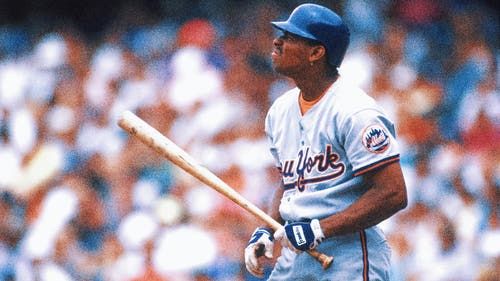
Woman makes Little League history
A service organization outing for fathers and sons to a Baltimore Orioles game didn't stop Davie Jane Gilmour from joining her dad at the ballpark when she was a little girl.
Decades later, Gilmour is setting a precedent for Little League baseball, too.
Nearly 40 years after girls were allowed to officially play Little League, Gilmour is the first woman to lead the Board of Directors for the youth sports organization. It's the highest-profile leadership position held by a woman at Little League - which is most known for its World Series played primarily by boys ages 11-13.
''It's just one of those things of circumstances,'' said Gilmour, 58, the president of the Pennsylvania College of Technology, in Williamsport. ''When I look around, I'm often the first, or one of the first women on a board, because of there are still (smaller) proportions of women in leadership communities and organizations.''
One of Gilmour's first official, public responsibilities connected to the World Series since becoming chair in November was taking part in the draw last week that set up the opening-game matchups when the tournament begins in two months. The sprawling complex in South Williamsport, across the Susquehanna River from Little League's birthplace in Williamsport, turns into a youth baseball wonderland for 11 days each August.
Gilmour never played Little League growing up outside Harrisburg, though she professed to being a devout baseball fan dating back to those trips to see the Orioles with her father. The local Lions Club then had a ''Take Your Son to the Baseball Game'' outing.
''It was one of the first times that my father, who is a big influence on me, made a big statement,'' Gilmour recalled before the Little League event Thursday. Her father ''just nonchalantly said `we're going to the baseball game.' We got on the bus, I was the only girl and it was OK.
''I'll never forget. We sat on the third-base line,'' she said. ''It was a great day.''
Gilmour has been on the board for about seven years, and other women have served on the board. Little League's newly renovated museum also has a new display honoring the contributions of women as volunteers and as ambassadors in helping to grow the game, especially in the league's formative years.
Gilmour said she was flattered when approached about taking over as chair.
''For me, it was a natural fit because of my connection to the community, my connection to education and as I like to tell (organization president Steve Keener), I happened to be a woman,'' she said. ''So that worked.''
Girls were first officially allowed to play Little League baseball in 1974, though the first girl to actually play Little League was Kathryn Johnston in 1950 in Corning, N.Y. The first girl to play in the World Series was Victoria Roche, in 1984, for a team from Brussels, Belgium.
Little League softball programs for girls also began in 1974. There were about 331,000 girls playing softball in 2012, though participation has declined from a high of 404,000 in 1996. The numbers had inched upward again through the first half of the previous decade, to nearly 367,000 in 2007 but has declined slightly annually since then.
The numbers mirror declines in baseball participation. Little League officials have attributed the trends to reasons including the tendency for more parents to have their children ''specialize'' in one sport rather than playing multiple sports, as well as the dropping of baseball and softball from the Olympics.
Gilmour said Little League has taken initiative to get its message of fundamentals and sportsmanship out in new ways in trying to reach parents who ultimately have to coach - or at least dedicate the time to drive their children to practice. Little League is doing more with video and social media, along with targeted emails to parents and coaches that offer interactions through coaching tips.
Gilmour also stresses the focus on safety in her ''sales pitch'' to parents, including Little League pitch count rules designed to limit wear-and-tear on young arms.
''We have to make Little League so attractive that when you (go) through our museum, when you interact with a team, that you want that in your community,'' she said. ''It's more than just about winning. Too many times, we're driven by the winning, and not about the playing.''










